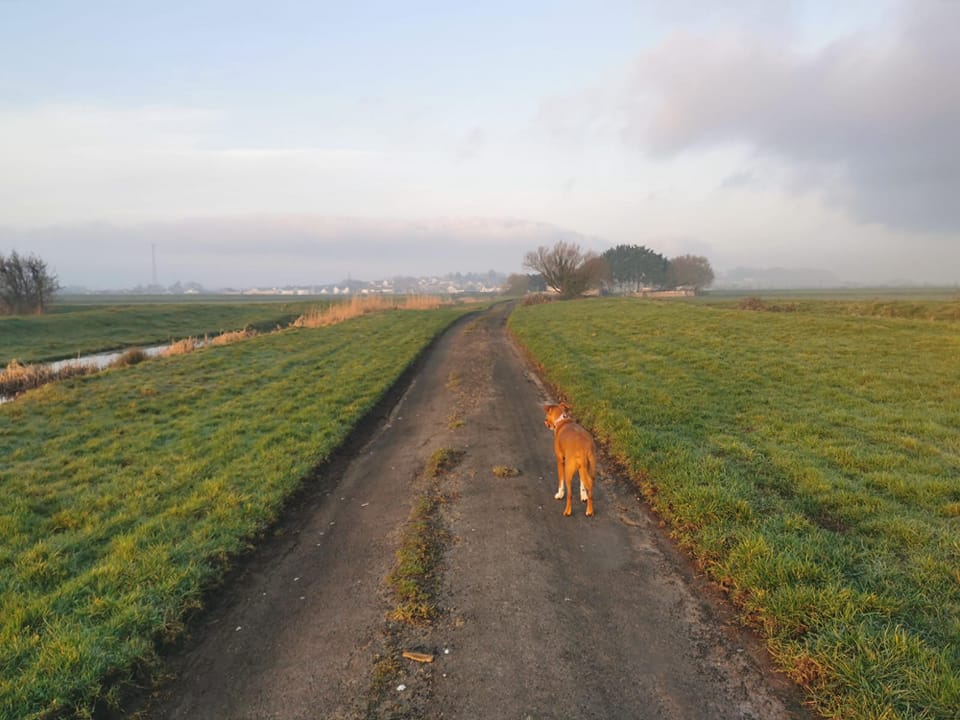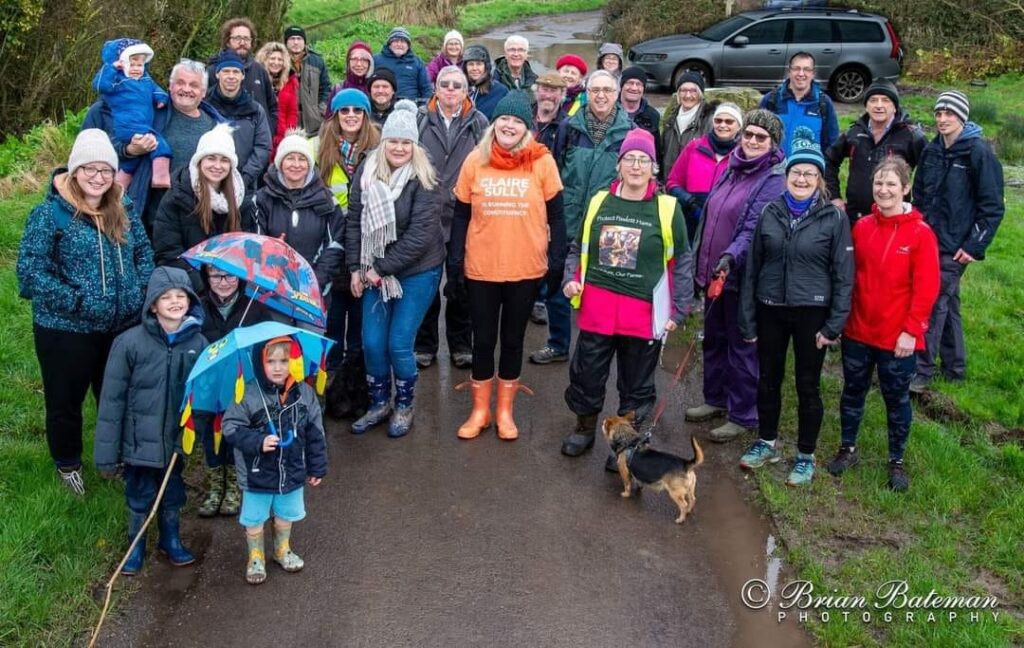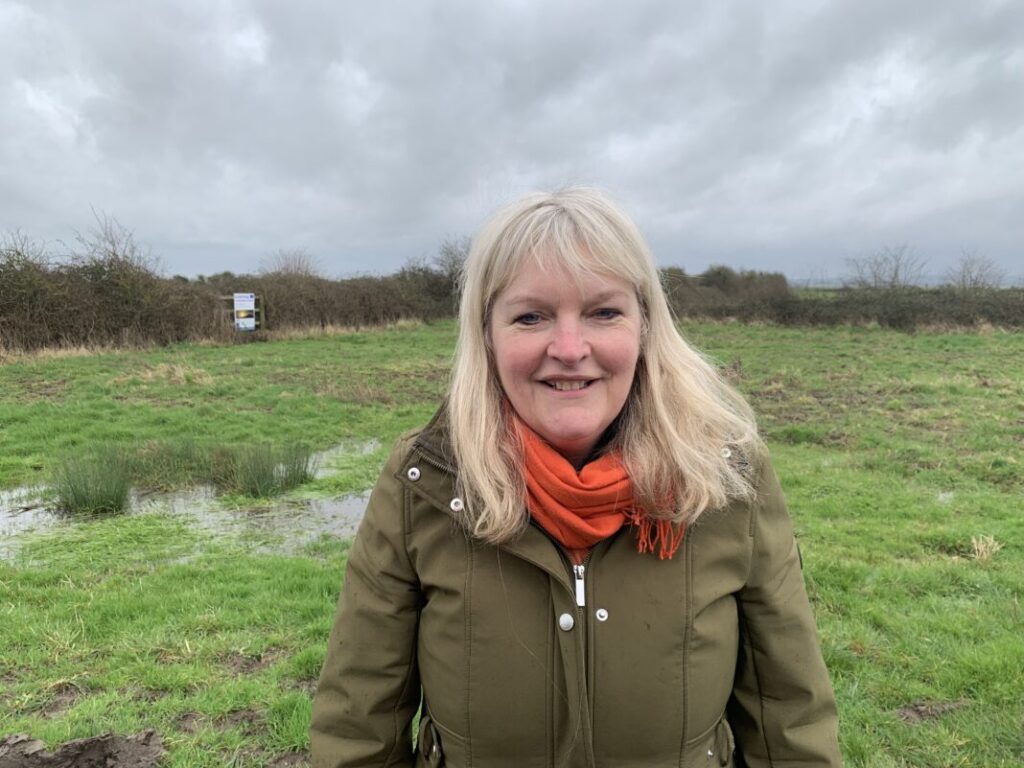A tiny aquatic beetle, just a few millimetres in size, may be standing in the way of Europe’s largest construction project, Hinkley Point C.
EDF is building two new nuclear reactors, the first in a new generation of nuclear power stations in Britain providing zero-carbon electricity for around six million homes. Hinkley Point C could cost around £46 billion, and the delayed completion date is now reported to be 2031. But for locals, living in a nearby village, there is another cost they are having to bear.

A nature reserve next to Hinkley C, Pawlett Hams, could be flooded and turned into a salt marsh at a reported cost of £50m to compensate for the immense amount of fish being sucked into Hinkley Point C’s cooling pipes. The salt marsh could be as big as 313 hectares (773 acres) along the River Parrett at Pawlett, near Bridgwater. The Guardian reported this as the “Odd Hinkley Point C salt marsh plan“.
EDF has rolled back on its initial plan to save millions of fish by installing an “acoustic fish deterrent” (AFD) system, due to safety reasons, and this was essential to EDF not causing harm to the Severn Estuary. The salt marsh is meant somehow to compensate for the loss of fish life. The Bristol Channel and Severn estuary are hugely important habitats for species including salmon and eel.
EDF’s salt marsh proposal could affect part of the Somerset levels, where Saxon king Alfred the Great is said to have hidden from the Vikings – includes farmers’ fields used for grazing, as well as a nature reserve.

Pawlett Hams is well known in aquatic beetle circles and the EDF proposals would certainly lead to a serious diminishing of freshwater aquatic biodiversity for little seeming biodiversity gain, and a huge loss of fish from the Severn estuary.
Other wildlife that could be lost include great crested newts, water voles in the ditches, and hares.
Many locals are vehemently opposed to EDF’s salt marsh plans and are standing up for their local wildlife.

Their view has gained traction in the national media and EDF are listening. Could a tiny aquatic beetle, just a few millimetres in size, be standing in the way of Europe’s largest construction project, Hinkley Point C and cause a further delay in completion?
I have been working with local people in Pawlett and speaking with EDF. I am bringing both sides together to see if this might unlock a solution and a way forward for both EDF and the local community.

How do the other nuclear power stations cooling water intakes on the Severn estuary avoid killing fish and other marine animals?
To opt for a cheap untested solution in the first place only to retrospectively decide to abandon it really means that a totally new design for fish preservation at water intakes is needed. I expect that EDF commissioned some design options prior to choosing AFD. Its cavalier approach to animal life and environmental damage is alarming to witness in an industry that manages potentially lethal material.
Reading the EDF report I note that the company has not presented costed ameliorations to the risk that it identified with the Acoustic Fish Deterrent. Which is to say the AFD can work but the financial cost of maintaining it has not been fully explored or disclosed.
The cost to the habitat and its food web, if AFD is not implemented, is based on crude estimates and has been not been accurately modelled or measured in terms of all the species and numbers destroyed and left to rot and pollute the estuary. The vast cost to habitat, if AFD is not implemented, is indicated by the proposed huge offset at Pawlett Hams – unfortunately an ignorant proposal that would decimate vulnerable species and is contrary to Somerset’s Biodiversity Net Gain rules and Local Nature Recovery Strategy.